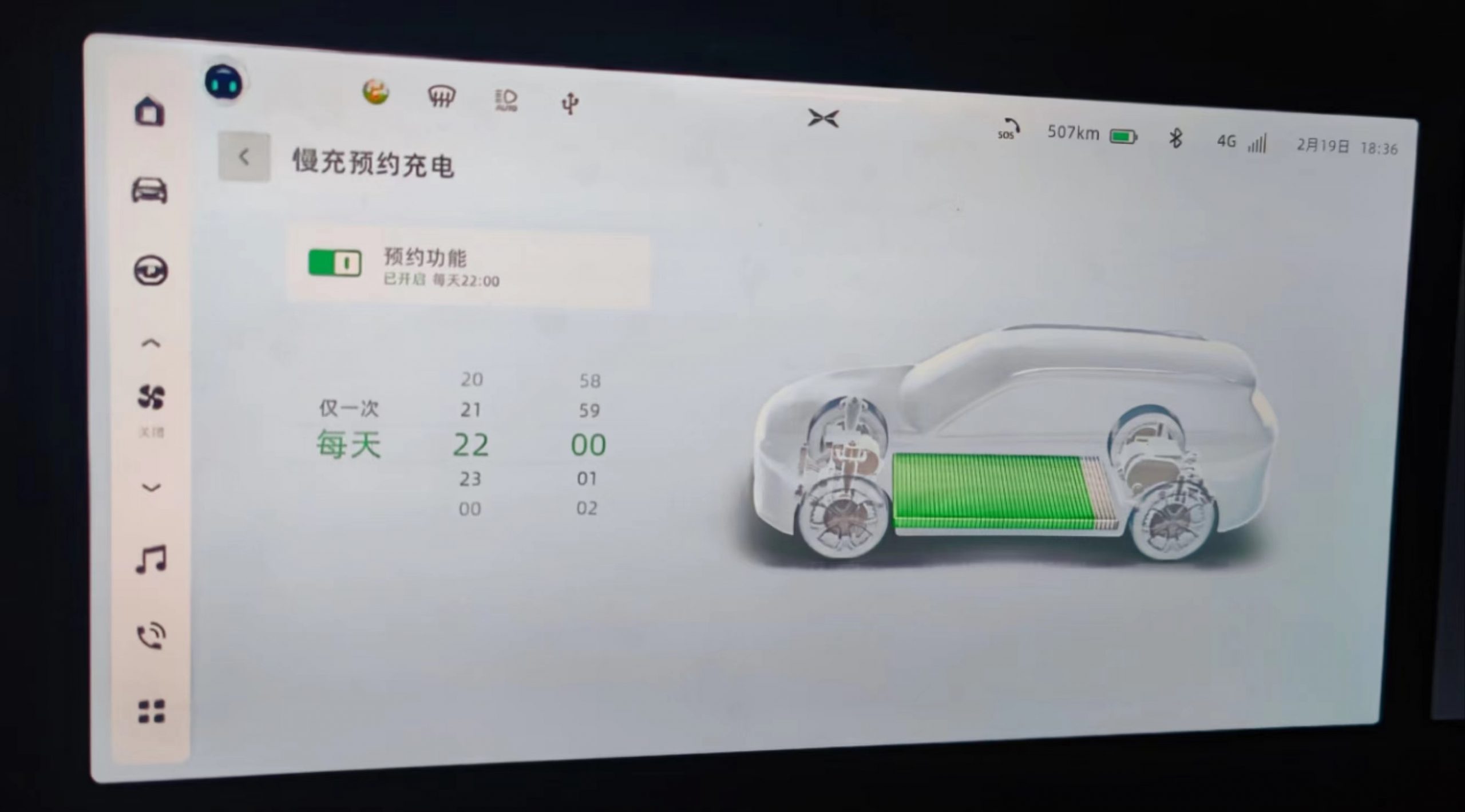Previously in the operation of taking delivery of a super large cup, I commented on the energy consumption performance of G9, which was “so far so good”, but the test of winter endurance has just begun. In the blink of an eye, winter has passed and spring has come, and now I can talk about it.
Let’s start with endurance
It can be said responsibly that G9’s winter endurance has withstood the test, at least in the free shipping area, you can rest assured driving. The energy consumption for commuting with air conditioning is around 15-16. After a separation of 22 months, my family of three finally went on vacation to Hangzhou at the beginning of the year, and this was the first time I drove G9 on a high-speed for more than 2 hours. The displayed energy consumption was around 19, and there were still 374 kilometers left when leaving from Shanghai. After arriving at XPeng’s super charging station at Hangzhou Sports Center, there were still 188 kilometers left, which translates to wltp92. On the return journey on the ninth day, the temperature might have risen a bit, and the display was only 16, almost at the level of wltp1:1, because the whole journey was mostly Ngp (with a small part of Lcc) mode.
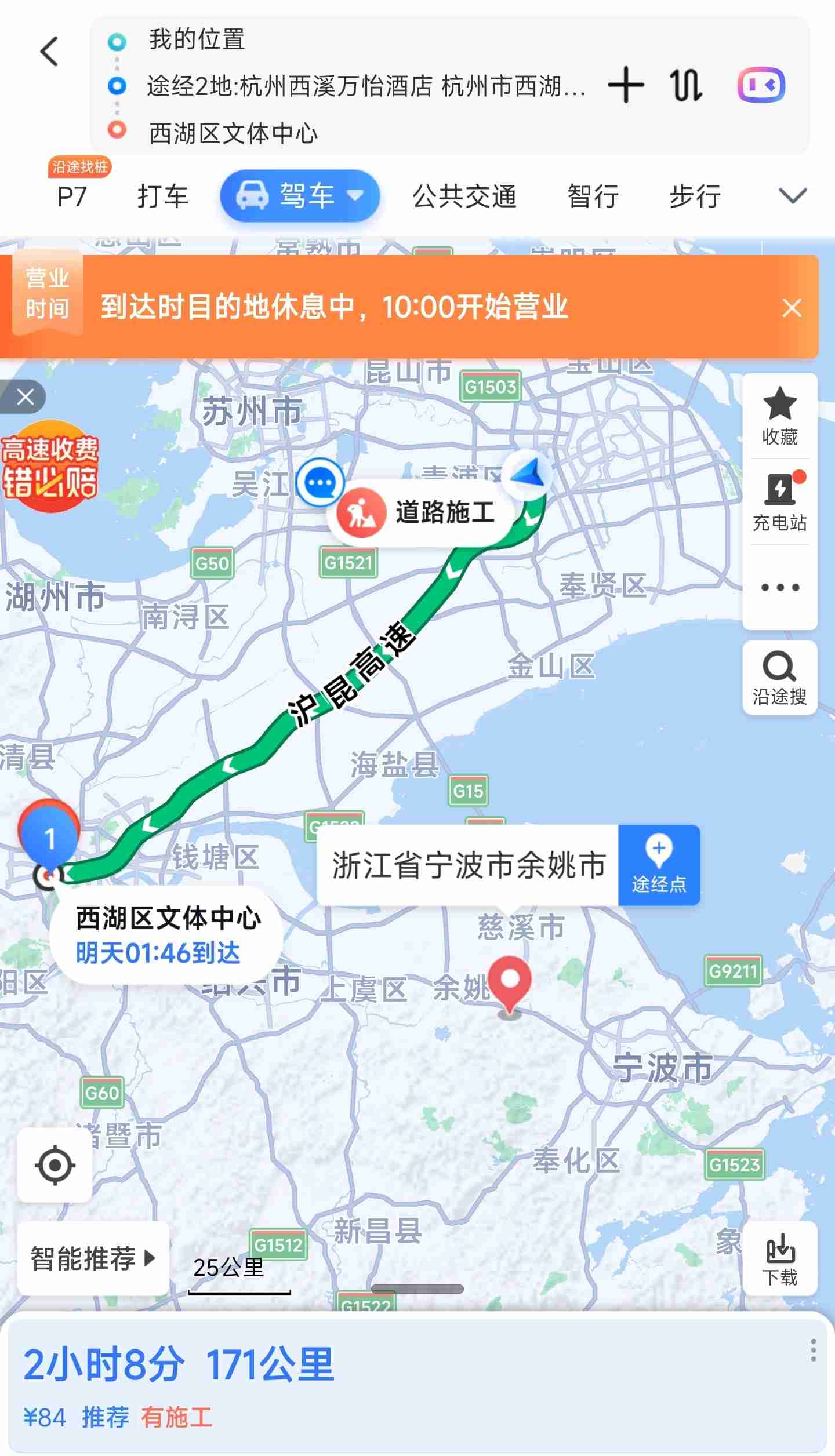
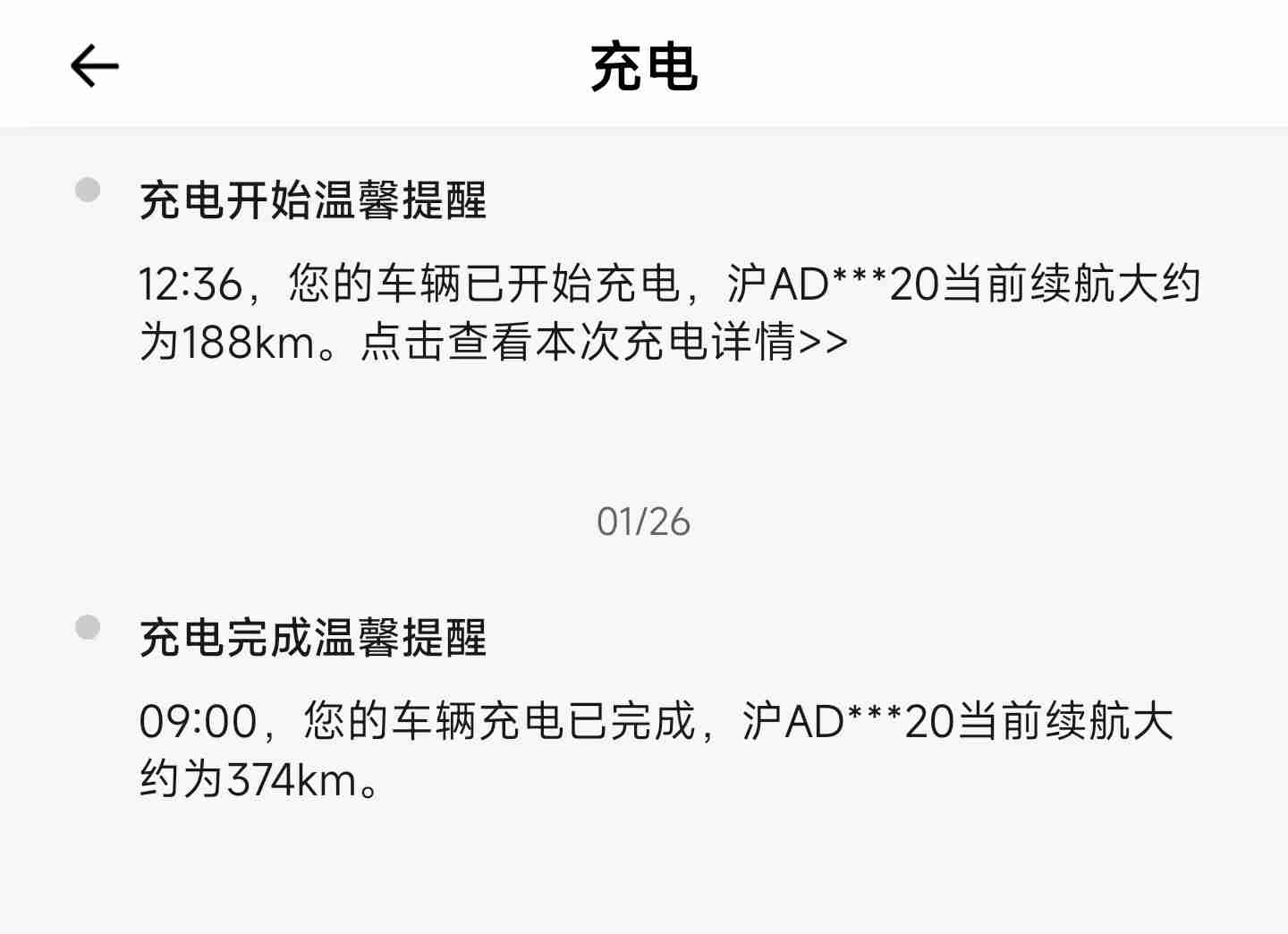
Next, let’s talk about charging, namely supercharging and home charging
I will use the Hangzhou trip as an example for supercharging. I heard a joke before that G9’s biggest drawback is that it charges too fast, which means you couldn’t get free parking while charging. I didn’t expect to encounter it. I started charging from 188 km displayed on the wltp, then rode a shared bicycle to Laoya Ji on Xixi Tianjie one kilometer away (I was delayed for a while to find the way in the parking lot of the Sports Center). Just after I had finished a bowl of soup, XPeng called me to move the car. In just 35 minutes, 65.5 kWh had been charged into my car (perfectly using the New Year promotion), even though I set a limit of 95%. One can imagine how amazing the charging speed would be in normal circumstances. Later, I summed up my experience, and if I really want to get free parking in the future, I might as well stay in the car for another ten minutes, which should charge around 77-88 kWh, and then move the car to an ordinary parking space to eat, killing two birds with one stone.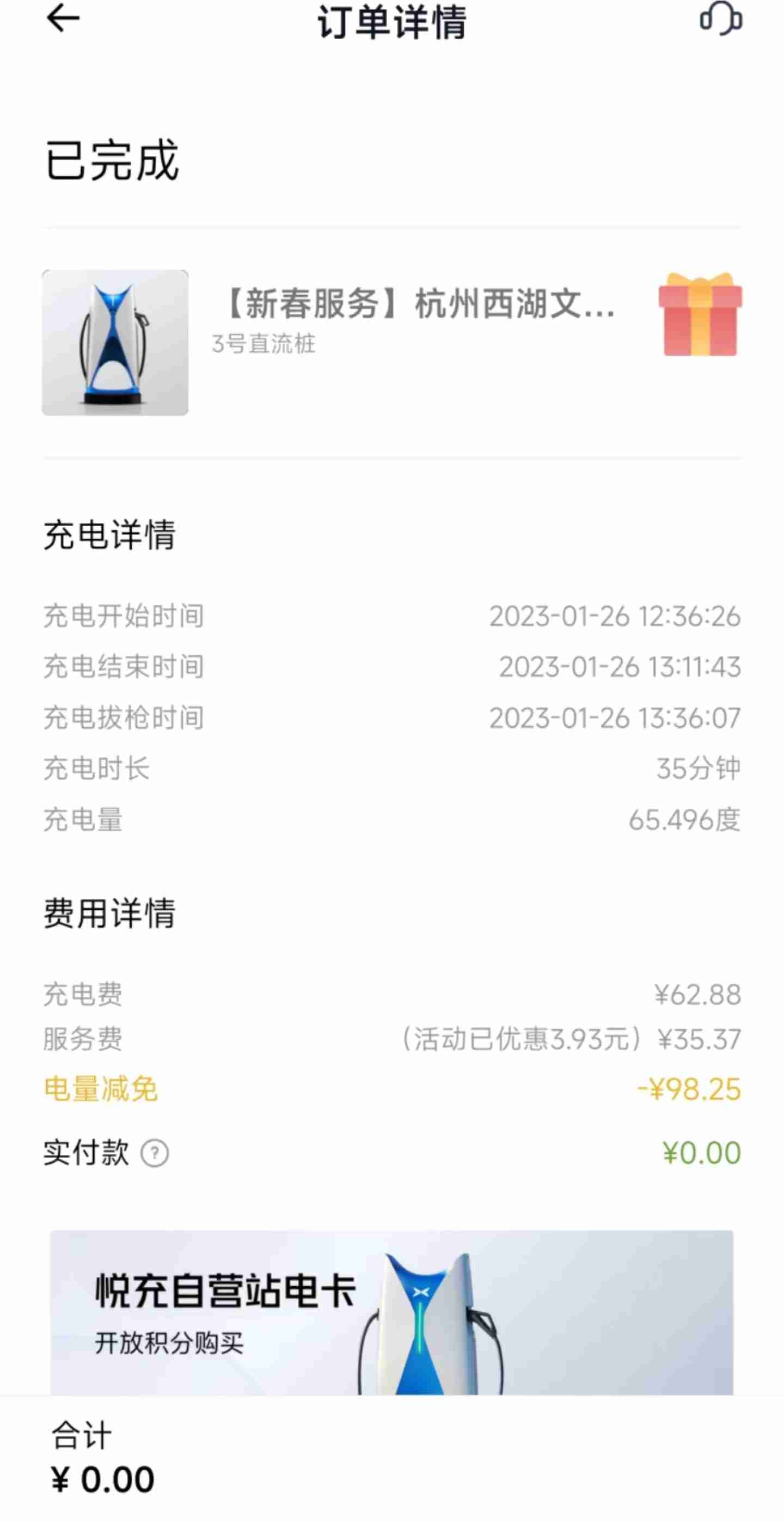
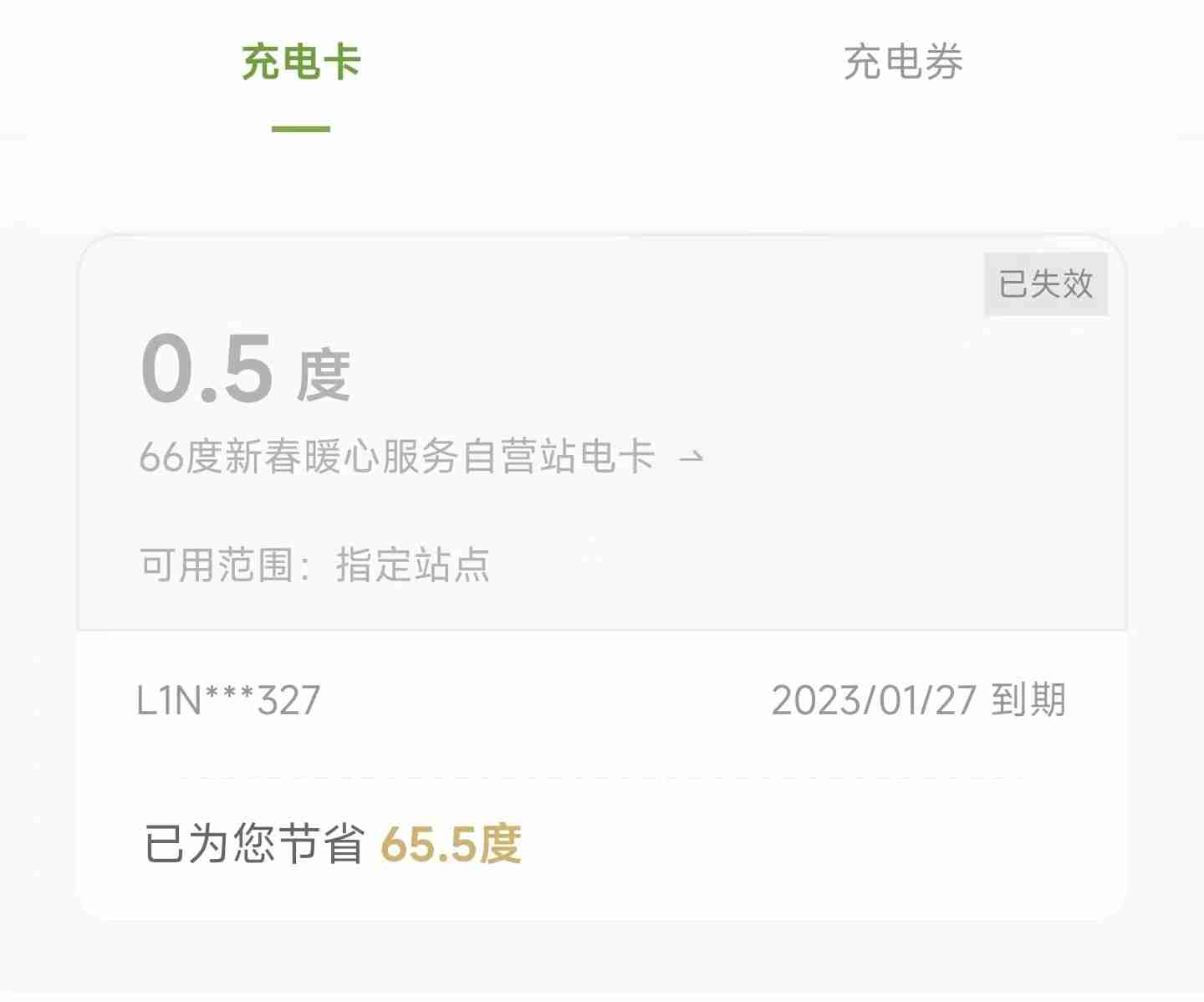
Talking about home charging, the legendary Peng factory G9 dedicated pile doesn’t know when it will be available (too weak to complain). I couldn’t wait, so I bought a third-party PUNO on JD.com during the Double 12 promotion. The G9 car unit can schedule charging time, so you don’t need to buy the smart version if you only want to charge your car during off-peak hours. The basic version costing just over 1000 yuan is sufficient.
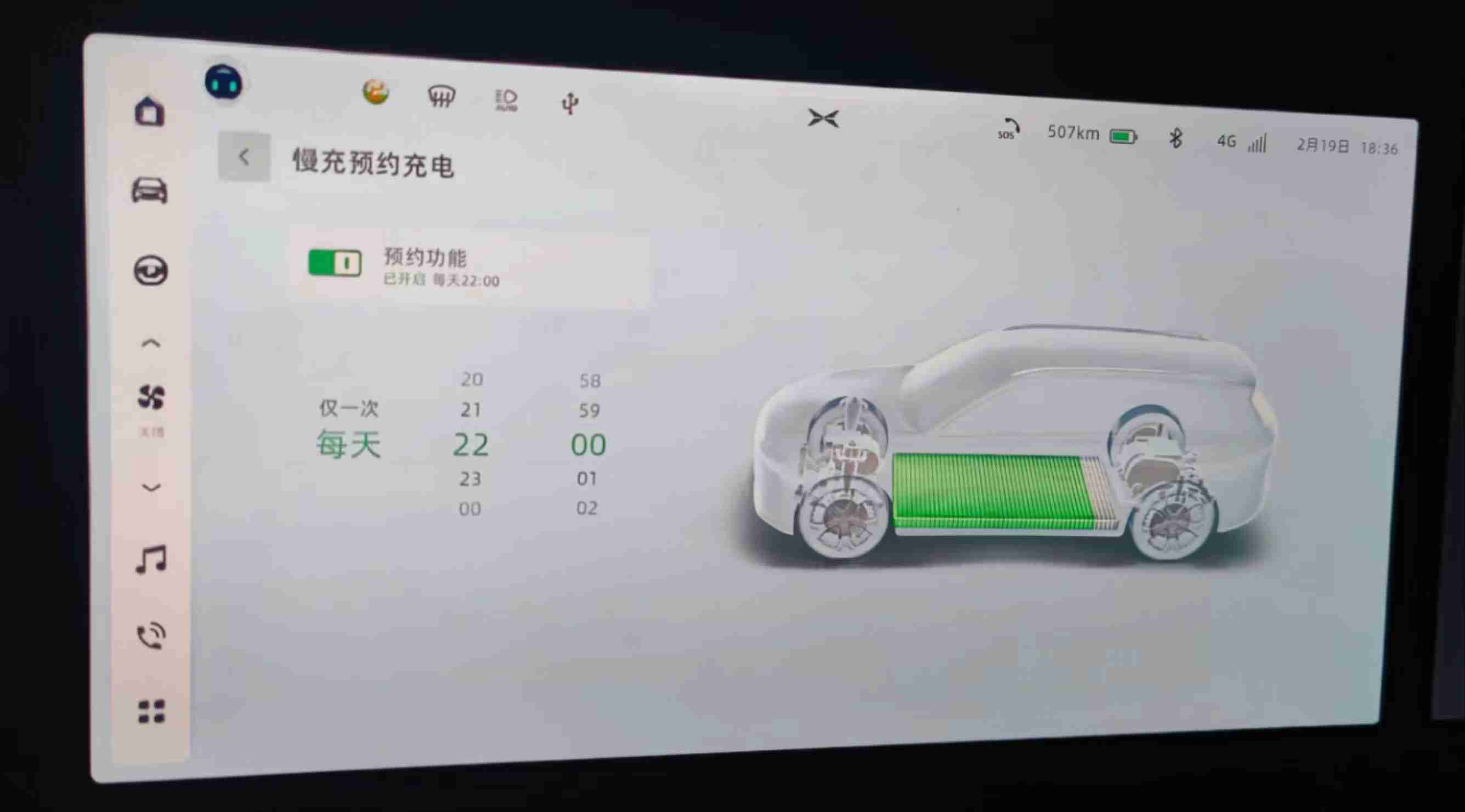
January was the first full charging month, and the bill was 111.6 yuan. In February, the amount dropped to a new low of 113.5 yuan. It was mainly because my charging technique became more precise, and the cumulative energy consumption decreased from 12 degrees to 5 degrees during off-peak hours. Even considering the Lunar New Year holiday in January and the three fewer days in February, the monthly cost would not exceed 120 yuan on a regular basis. This is really cost-effective, considering I commute 60 kilometers per day.
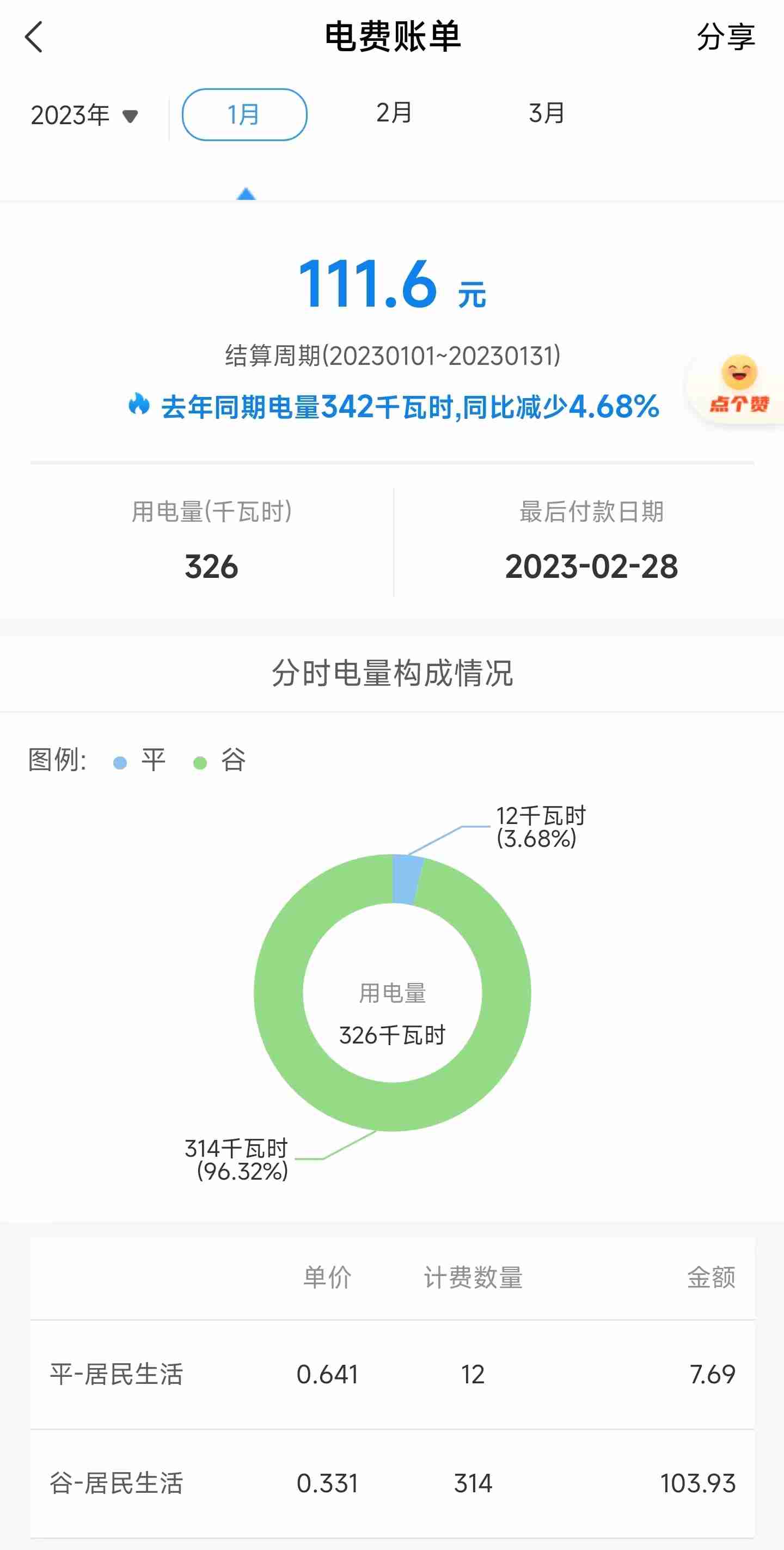
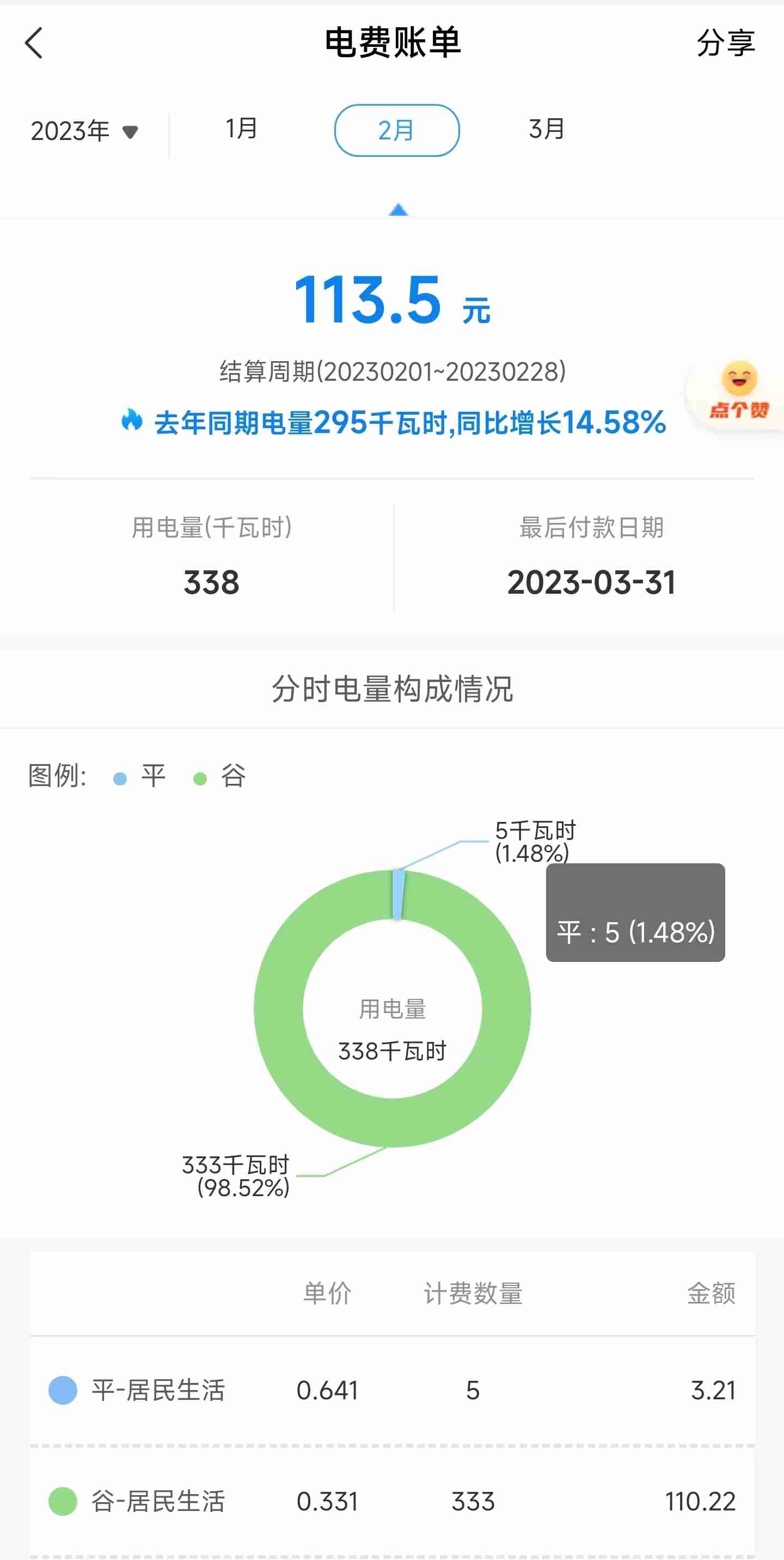
In addition, I want to mention that for those who can install a home charger, the charging experience is actually better than with my original gasoline car. After all, you cannot install a gas station at your own house, but you can install a charging pile. The nearest Sinopec gas station to my home is about 10 kilometers away, where I can get a 2% discount on the gasoline card if I recharge it with more than 2000 yuan. With the current gas price of about 8 yuan per liter, going there and back costs nearly an hour and about 15 yuan in fuel. Now, I can easily refill at home, and these 15 yuan can charge 50 degrees of off-peak electricity, which is enough to drive about 300 kilometers. Not to mention the frequency of fluctuations in electricity tariffs is much lower than that of gasoline prices, both the economics and time costs favor home charging – it’s a win-win solution.
By these calculations, for gasoline cars, when would be the only advantageous scenario to refuel then, during holidays road trips on highways?
But upon careful consideration, how often will such extreme situations occur if I’m just using the G9 for daily household use? Not to mention the advantages of its high voltage support and fast charging. Based on previous calculations, assuming a full charge (occasionally charging to 100% during long distance trips, which will not damage the ternary lithium battery), the effective range of 702 miles on highways can reach over 500 kilometers, enough to drive continuously for 4-5 hours. Am I planning to drive for 4-5 hours without a break? Therefore, range anxiety is almost non-existent. Starting from Shanghai, heading north to Pukou Tangquan, south to Lishui Songyang, east to Daishan Zhujiajian, west to Qiandao Lake, and even Wuyuan. With proper planning, you can go straight ahead. I feel that this is the limit for ordinary family self-driving tours for one day. What are you waiting for with such great spring scenery ahead of us? Let’s go!


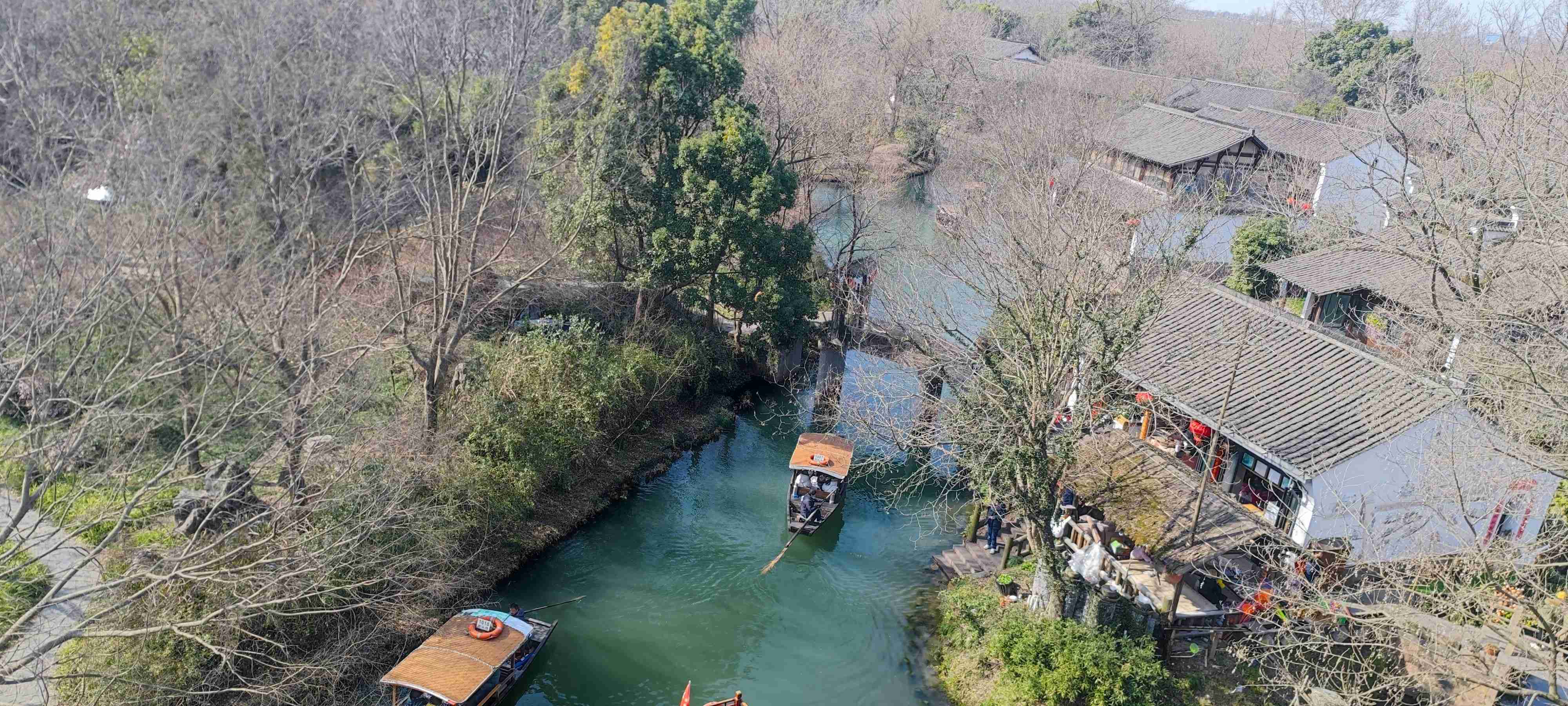


This article is a translation by ChatGPT of a Chinese report from 42HOW. If you have any questions about it, please email bd@42how.com.
